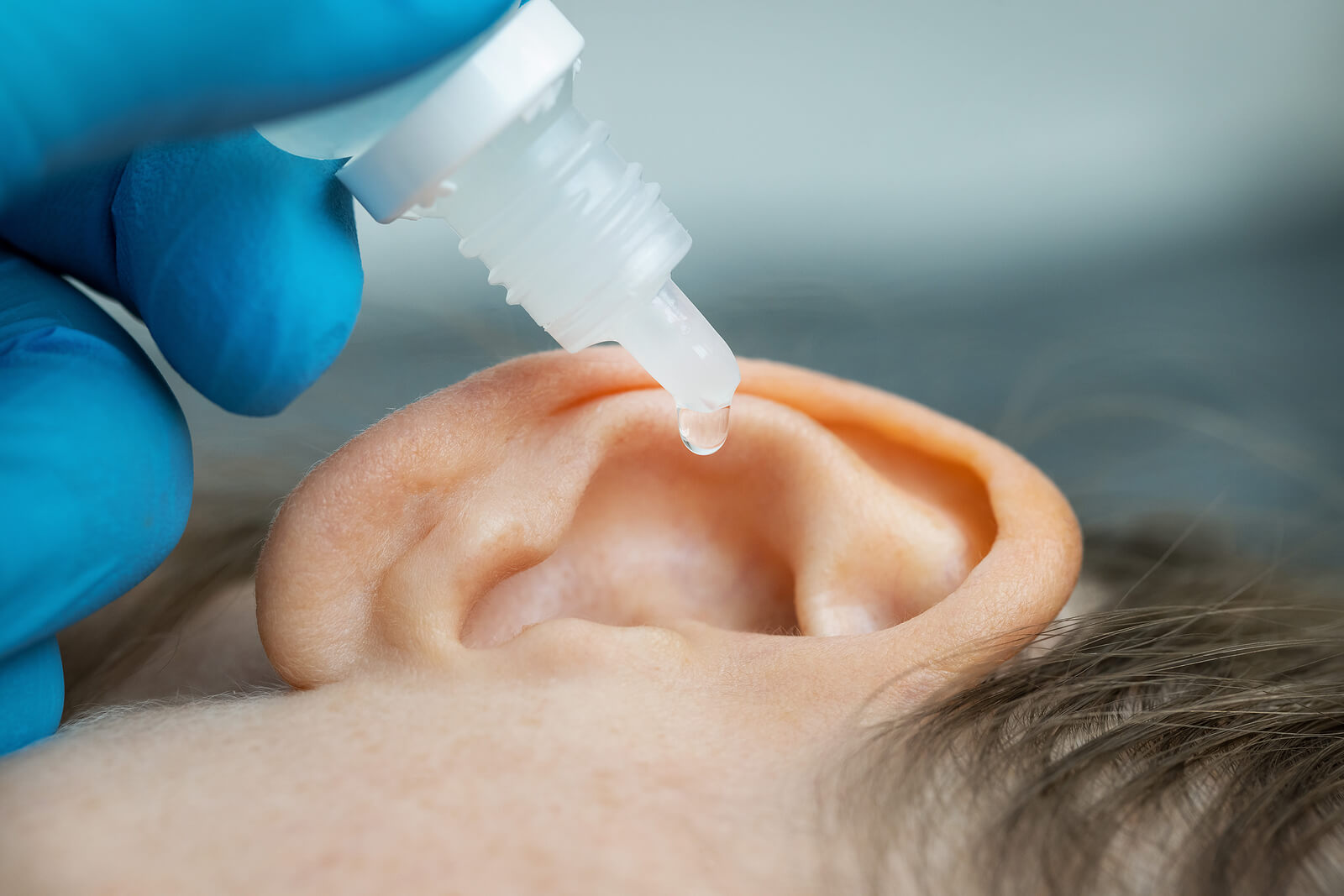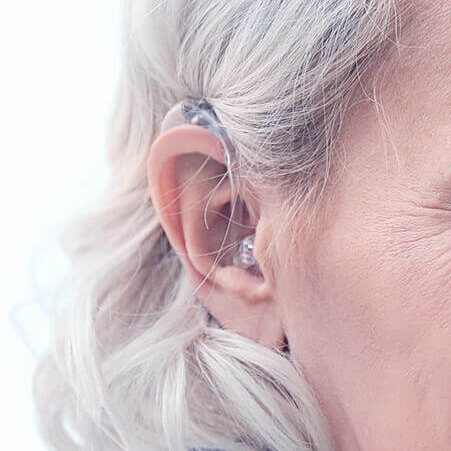Hearing Loss Treatment
On our Hearing Loss page, we cover the anatomy of the ear and the three main types of hearing loss—sensorineural, conductive, and mixed.
Let’s look here at some of the different treatment options available for hearing loss.
Treatment of Conductive Hearing Loss
Conductive hearing loss can have many causes, ranging from birth defects to infection. The specific site of disorder in your outer or middle ear will have to be identified in order for an effective treatment plan to be designed.
Antibiotics, Antifungals, and Ear Tubes
For conductive hearing loss due to infection, a doctor will likely prescribe antibiotics or antifungals. In the case of children who suffer from chronic ear infections, sometimes a doctor may suggest putting “tubes” through the eardrums, which create a drainage path from the middle to the outer ear and allow air to pass freely, preventing serious infections. This is a relatively simple procedure that only takes about 15 minutes. The ear tubes most often fall out on their own, usually after about 9–18 months.
Antibiotic ear drops may also be recommended for those with swimmer’s ears, as well as for children who have recently had ear tubes inserted.

Surgery
Surgery can often correct birth defects of the ear. Children who are born without ear canals or whose ear canals have not opened by birth are good candidates for corrective surgery. Likewise, birth defects in the middle ear can be surgically corrected. This may include malformation of one or more of the three bones in the middle ear, or the absence of one or more of them.
Head trauma can also damage parts of the middle and outer ear, and surgery can frequently correct this, as well.
Otosclerosis treatment also frequently involves surgery. Otosclerosis is a genetic condition where the otic capsule—the bone that surrounds the sensitive parts of the inner ear—begins to grow and scar. This takes many years, but eventually the bone can grow onto the stapes. The stapes is the final link in the conductive hearing chain, transferring the mechanical movement of the middle ear’s bones to the fluid inside the cochlea. When its movement is stopped by the overgrowth of the otic capsule, deafness can result. By surgically removing the abnormal growth of bone around the stapes, hearing may be restored.
Direct Bone-Conduction
In some cases, the middle ear can be bypassed by fitting a sound processing device that transmits sound directly to the bones surrounding the inner ear. With a severely damaged middle and/or outer ear, these devices can restore hearing with minimally invasive surgery. There are two main alternatives for direct bone-conduction devices—the Baha system and the Ponto system. You’ll need to consult with your doctor and audiologist about whether direct bone-conduction is the best solution for you.
Treatment of Sensorineural Hearing Loss
Sensorineural hearing loss, like conductive hearing loss, has many causes. Some forms of sensorineural hearing loss are treatable with medicine. “Sudden hearing loss,” for example, can be caused by viral infection. If caught early enough, it can be treated with corticosteroids. These medicines can also help to save stereocilia (the tiny hairs inside the cochlea) after extreme noise exposure by reducing swelling and inflammation.

If you experience hearing loss from any possible cause, especially if the hearing loss comes on very suddenly, you should see a doctor immediately. It may be that hearing loss can be avoided or overcome with timely treatment.
By far the most common type of sensorineural hearing loss is irreversible, due to noise exposure, age, or general sub-optimal health (though researchers at the Stanford Initiative to Cure Hearing Loss have noted that most any type of hearing loss has a genetic component involved). While research is ongoing into gene therapy and other means to regrow or heal dead or damaged stereocilia, it is not yet possible to do so.
Hearing aids remain the best treatment for permanent sensorineural hearing loss. The goal in treatment of hearing loss of all kinds is to provide the best representation of sound possible to the auditory cortex in the brain. While sensorineural hearing loss may impede that pathway, by amplifying sound with hearing aids it is possible to deliver a potentially “normal” amount of information to the brain, effectively eliminating the negative effects that hearing loss can have on health and well-being.
Contact us to schedule a consultation and hearing test.
This is where the text for the front of your card should go. It's best to keep it short and sweet.
